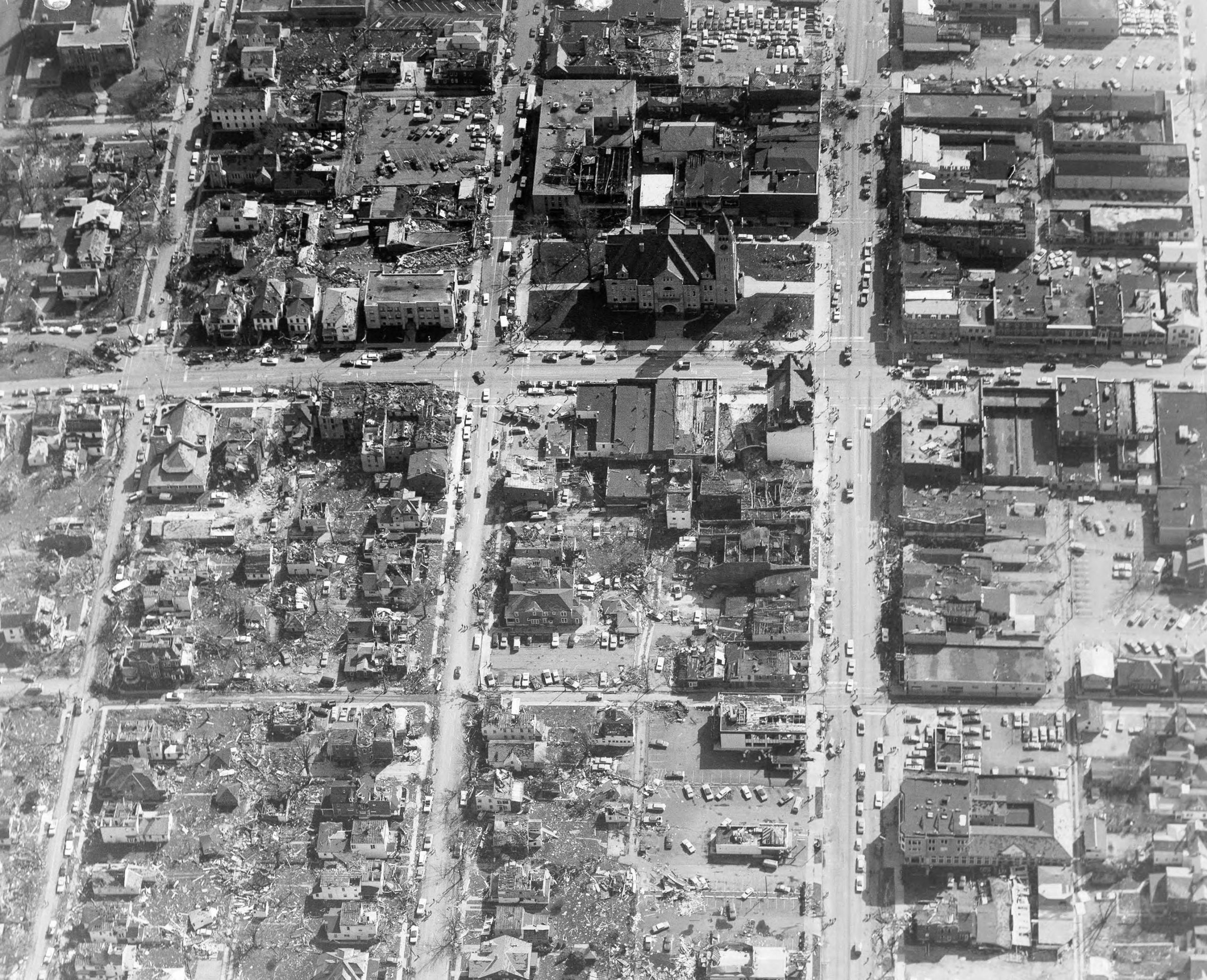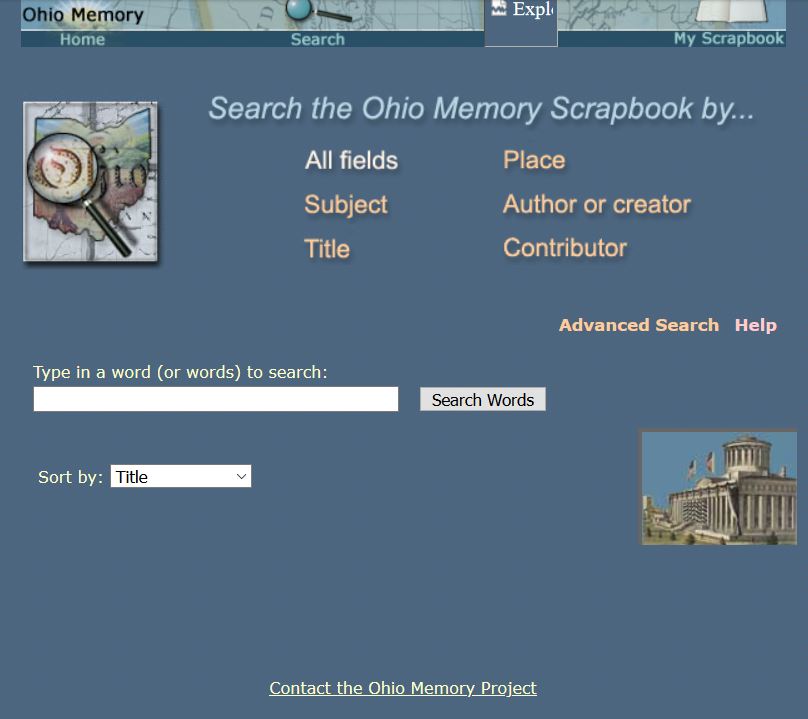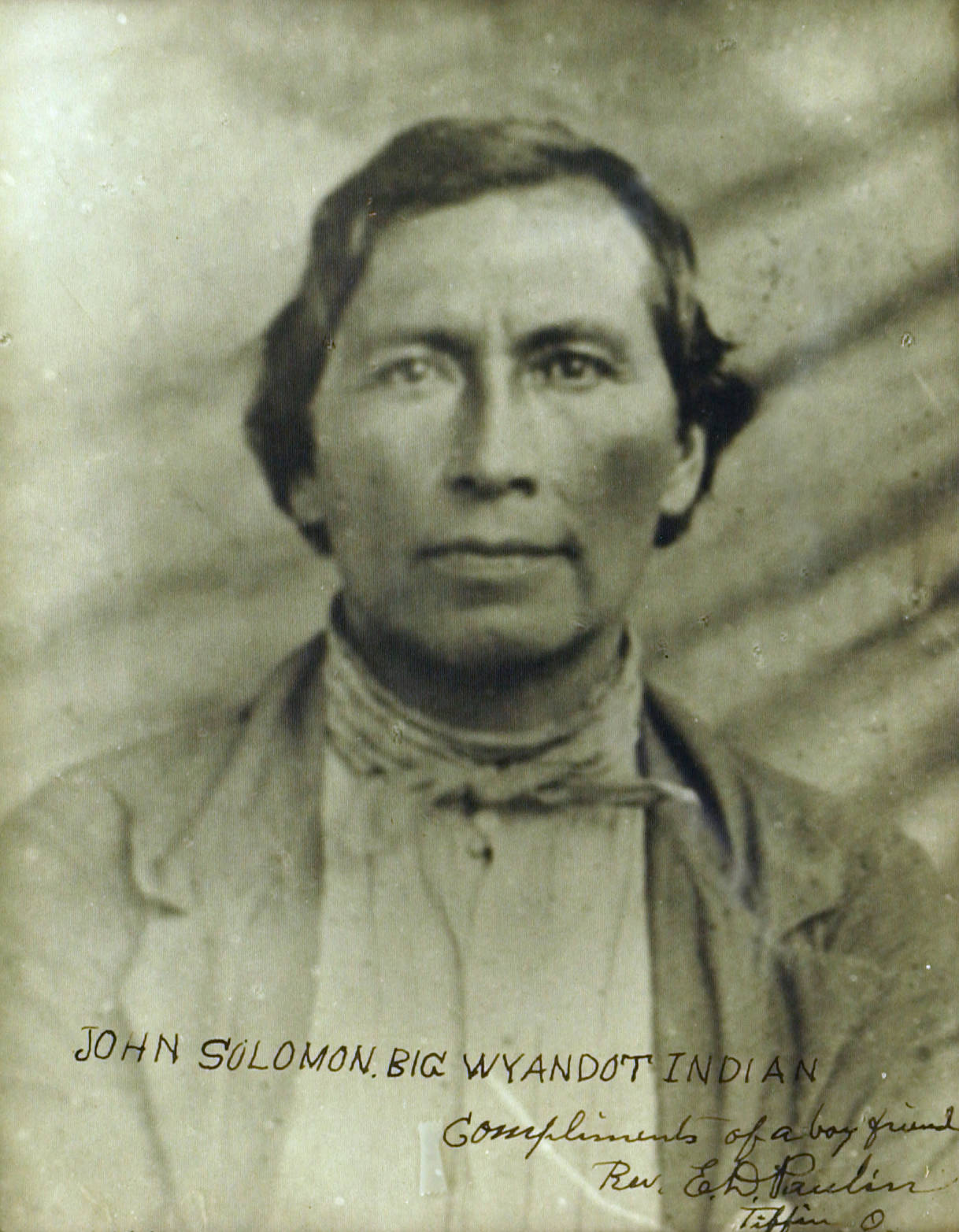Ohio Memory Phase I: A Bicentennial Scrapbook

In 1995, the Ohio Historical Records Advisory Board (OHRAB) first posed the idea for Ohio Memory as one of a series of products commemorating Ohio’s upcoming bicentennial. The vision for this Bicentennial Scrapbook reflects what this resource is today—a repository for digitized archival records and museum objects from cultural heritage organizations across the state. Ohio Memory’s release would be accompanied by a print publication, educational resources to help teachers use archival materials in their classrooms, and grants to help organizations digitize their archival collections. From 1995-2000, the Ohio History Connection (then the Ohio Historical Society) worked with OHRAB, the Ohio Public Library Information Network (OPLIN), and the Ohio Library Council to refine the concept, and in 2000 OPLIN awarded the Ohio History Connection $500,000 to launch Ohio Memory.

Inspired by American Memory, the Library of Congress’s digital collection founded in 1994, the Ohio Memory Scrapbook brought together primary source material (secondary sources were added in later phases) from archives, libraries, museums, and historical societies into one cohesive and central resource on Ohio history. Ohio Memory benefited users by providing free access to archival collections, but also served as an excellent way for organizations to brush the dust from the hidden treasures of their collections, making them widely accessible beyond their immediate communities.

From the onset, Ohio Memory not only showcased collections from a wide range of organizations, but aimed to share diverse stories, too. The initial collection submission process functioned similarly to how today’s project staff collaborate with Ohio Memory partners. Potential partners submitted collections for consideration, selected collections for digitization, digitized originals, and created metadata to be stored in a database, and items were then published on Ohio Memory.
According to criteria, accepted items were: historically significant and represented shared experiences of all or many Ohioans; in good physical condition and could be scanned safely; created before or relating to events prior to 1903; of complementary value to other digitized materials in the Scrapbook; and free of copyright restrictions with clear ownership documentation. By 2004, more than 330 cultural heritage organizations contributed more than 27,000 images to Ohio Memory.
Although Ohio Memory has come a long way since its inception, its founding principle still carries on twenty years later—bringing Ohio history to life by making the treasures from cultural heritage institutions across the state accessible to all Ohioans (and beyond). Ohio Memory has rightfully evolved over the years, but undoubtedly the project’s mission will guide future iterations to new, exciting heights.
Thanks to Kristen Newby, Digital Projects Coordinator, for this week’s post!
Ohio Memory is celebrating 20 years! Visit our blog all year long to learn more about our program, partners and collections.



Leave a Reply
You must be logged in to post a comment.